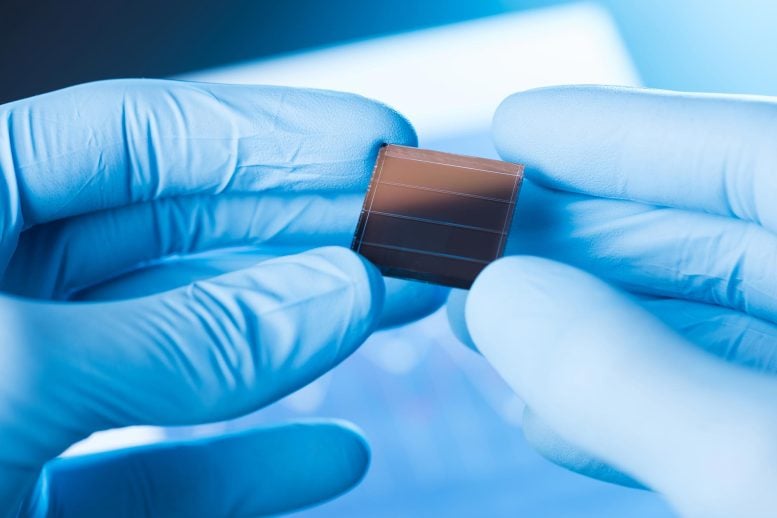
Perovskite Solar Cells have been hailed as the "star of tomorrow" for the net-zero transition. Compared to traditional silicon solar cells, they are cheaper, thinner, more flexible, and possess a higher theoretical efficiency limit. However, this revolutionary technology has always faced a fatal flaw hindering its large-scale commercialization: poor stability.
Previously, scientists only knew that perovskite cells would rapidly degrade under continuous light and high temperatures (their actual working environment), leading to a sharp decline in performance. This phenomenon was nicknamed "melting," but the exact molecular mechanism behind it remained a mystery.
Recently, as reported by SciTechDaily, an international research team has finally solved this mystery. They have discovered the true cause of this rapid degradation.
Key Finding: Not Just Light and Heat, but "Superoxides"
The study indicates that when perovskite cells operate, light excites electrons. For a long time, scientists believed it was this energy, or the accompanying ion migration, that caused the material's structural instability. But this new research found that the real culprit is "oxygen."
When oxygen molecules (O2) infiltrate the cell structure and encounter these high-energy electrons, they form an extremely unstable and highly reactive molecule: "superoxide radicals."
The Chain Reaction: A Structural "Unzipping"
These "superoxides" act like tiny bombs, beginning to attack the perovskite's crystal lattice structure. Once the structure is compromised, it triggers a chain reaction, causing the material to rapidly decompose, release volatile gases, and ultimately make the cell "melt" and fail completely.
This process is like unzipping a sweater; once a single stitch is broken, the entire structure quickly unravels.
From "Mystery" to "Solution," Commercialization Sees Dawn
Although this discovery highlights the severity of the problem, it is fantastic news for the industry.
Because they now "know who the enemy is," scientists can finally stop searching for a needle in a haystack and begin designing "precise" solutions. For example, developing new passivation layers or adding specific chemical substances with the express purpose of "neutralizing" or "scavenging" these destructive superoxides.
Unlocking this "melting" mystery removes one of the biggest roadblocks to the commercialization and durability of perovskite solar cells, paving the way for a future of cheaper, more efficient clean energy.
圖片來源: Shutterstock
資料來源: scitechdaily.com
來源網站: Mystery Solved: Scientists Discover Why Perovskite Solar Cells “Melt” (scitechdaily.com)
免責聲明:
1、本協會編譯、刊載於台灣淨零排放協會官網及〈會員雙週報〉電子報之文章本於引介國際環保趨勢及教育目的,不為營利使用。
2、任何一切因使用、改編本協會編譯之文章而招致之法律責任或損失,由使用、改編者自行承擔。


